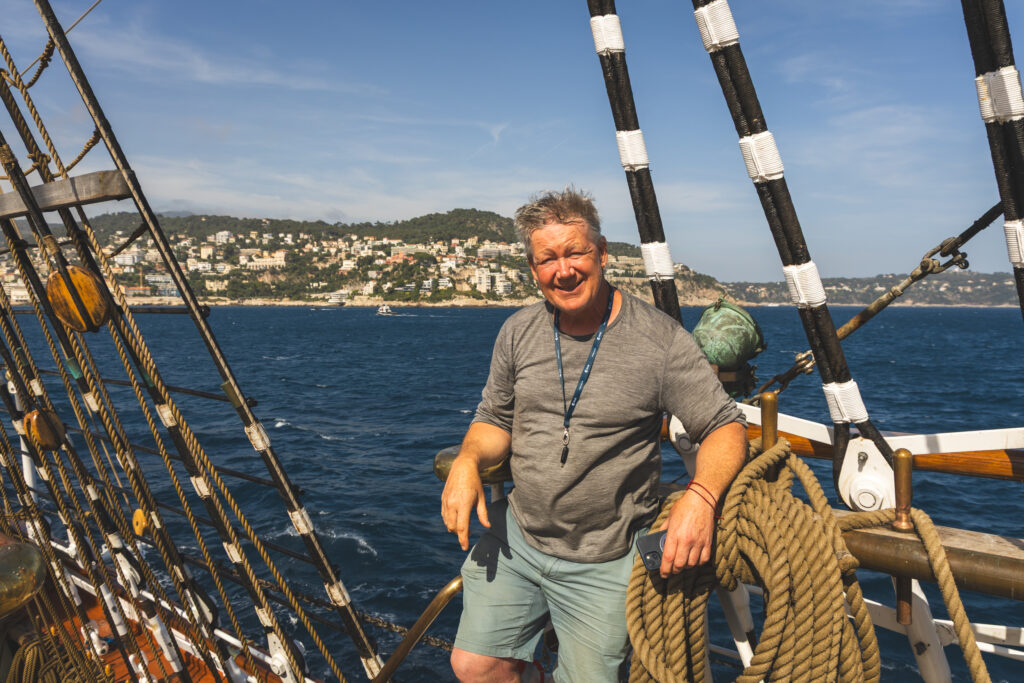After an extraordinary six-week voyage from northern Norway, the iconic Norwegian tall ship Statsraad Lehmkuhl has docked in Nice, France, concluding ESA’s 2025 Advanced Ocean Training course.
Braving everything from wild storms to calm near-freezing seas, students aboard mastered techniques for collecting ocean measurements and harnessed satellite data to unlock insights into our blue planet. Led by experts, this real-world expedition offered more than education – it sparked curiosity and a deeper commitment to understanding and protecting our oceans.

Land ahoy. (Ocean Media Lab)

Coming into Nice. (Ocean Media Lab)
Craig Donlon, ESA ocean scientists and leader of the expedition, said, “It’s been an incredible six weeks at sea. Everyone is now absolutely exhausted, but our students, lecture team, officers and crew have been outstanding – they fully embraced modern ocean science aboard this historical tall ship and threw themselves into every aspect of our demanding training course.”

ESA’s Craig Donlon, Ocean Training Course leader. (Ocean Media Lab)
He further explained, “We have completed measurements from 29 oceanographic stations, sampling water at different depths down to1200 m together with phytoplankton and zooplankton net samples. These are connected with an array of measurements of the ocean currents, biology and meteorology, amongst others.
“Exceptionally good satellite data, particularly from the Copernicus Sentinel-1, Sentinel-2 and Sentinel-3 missions and from ESA’s SMOS mission, have been used, not only to guide our sampling plan in realtime, but also by our students who have leveraged their full impact to explore the physics, biology and health of our oceans.
Our students have gained a deeper understanding of how our oceans are being impacted by climate change. Our voyage has been a wonderful success delivering an incredible dataset together with trained ocean scientists to explore its content as they prepare to publish their results. I am so proud of all that they have achieved.”
This highlights video says it all really.








Discussion: no comments